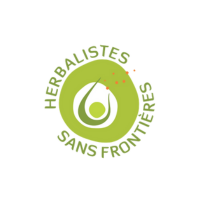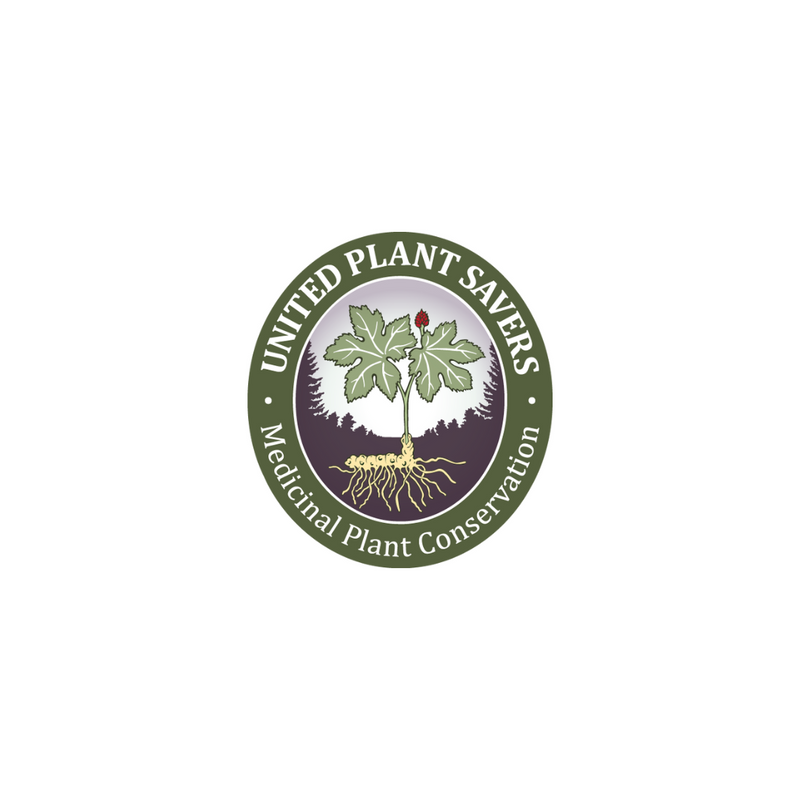
Herbal Wound Care
Share
For a big part of my youth I was in the Boy Scouts (almost got my Eagle!). There were so many things to learn, merit badges to achieve, and places to go that I’ve forgotten more than I’ve retained. One big Thing, however, that has stuck with me is the ever-present intonation of the BSA’s best saying: Be Prepared (...Leave No Trace is a close follow).

Many of us have been in the situation of needing to care for an injury, ours or another's, and have felt underprepared for the task. While it is certainly arguable that items (such as some of the products that Haven sells, First Aid kits, etc) or forage (your handy Plantain plants that grow everywhere, for example) are the height of Preparedness, in practice the answer becomes Knowledge. I hope to arm you with a little of that.
The types of wounds I will be addressing are burns, puncture wounds, and lacerations.
Let’s start with burns!
For first (superficial) and second (partial-thickness) degree burns, it is recommended to rinse the area thoroughly with cool water for several minutes to help cleanse and cool the inflamed tissue. For superficial burns, something like a burn-balm can be applied to the affected area to help with symptoms and facilitate rapid healing. Many of these balms will contain common wound-care botanicals like comfrey, helichrysum, calendula, plantain, propolis, or aloe.
Historically, honey has been an amazing go-to for wound care in general, and is specifically useful for the healing of broken blisters and infected burns. Second degree burns typically include blisters and where it is not advised to break them, often rupture is accidental. Honey can be applied to the broken area directly, then wrapped with gauze (or maybe a plantain leaf if gauze is unavailable). It is not recommended to use Tea Tree essential oils on burn infections as it can further inflame and irritate the area. It is never recommended to apply undiluted essential oils to skin.
For deep and severe burns or burns to sensitive areas like the face or genitals, please contact local emergency response immediately.

Herbally, puncture wounds and lacerations can be understood similarly. A laceration is a cut that can vary widely in depth and shape. A puncture wound is a deeper wound with a smaller entry point. Both types of wounds should be thoroughly washed with clean hands. Styptic agents (like yarrow and plantain, when dried) are great to stop the gush of blood and help immediately apply an antimicrobial response. For puncture wounds, extra visual inspection should be done to determine if there is anything remaining in the wound. It is not recommended to remove anything lodged in the body without medical aid. Fresh or dried plantain is great for extracting microscopic things out of wounds, just as toxins from animal bites or microbes carried in with the initial puncture.
For long-term healing the concerns primarily involve infection management. By itself, Thyme is a show-stopper of an antimicrobial (it lab-tests more powerful than bleach!) and in combination with herbs such as ones mentioned above like comfrey, calendula, and plantain you can easily manage non-critical wounds health. These herbs can be prepared as a salve (such as Boo Boo Balm) or as an oil, decoction, or poultice. Honey, again, can also be used (especially on wide scrapes) to help keep the wound moist and facilitate faster healing. The wound should already be closed before honey is applied.
For severe wounds, wounds with heavy bleeding, or wounds in sensitive areas, please don’t go it alone! Call for help as soon as possible.




